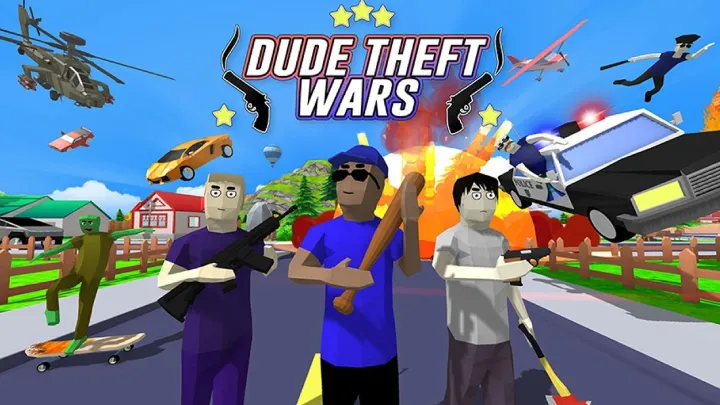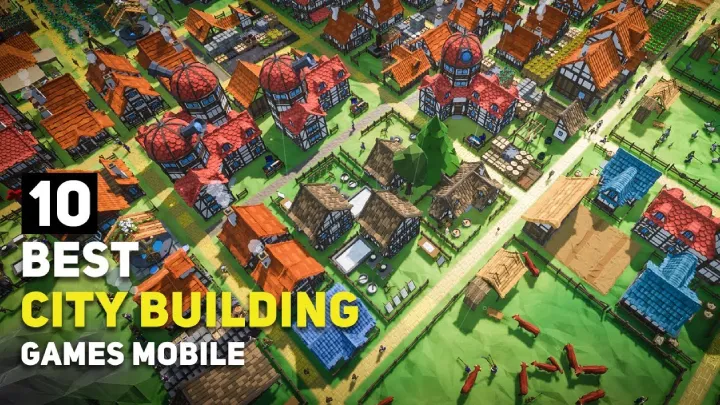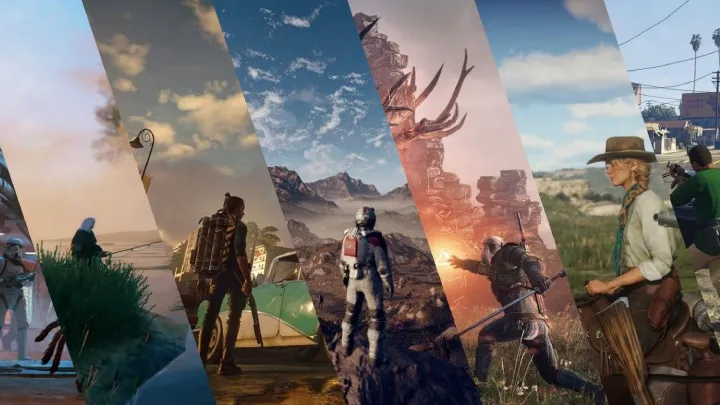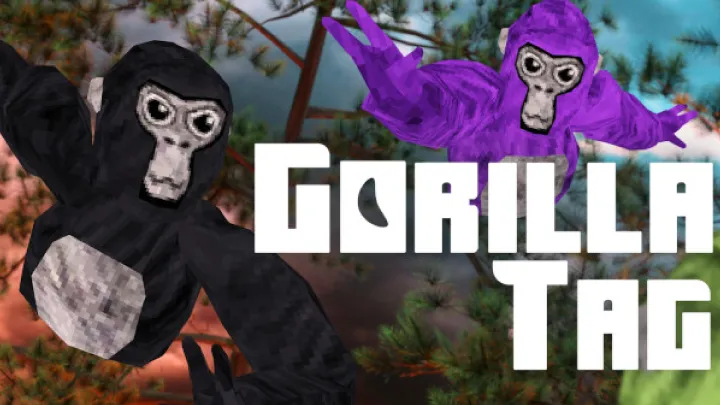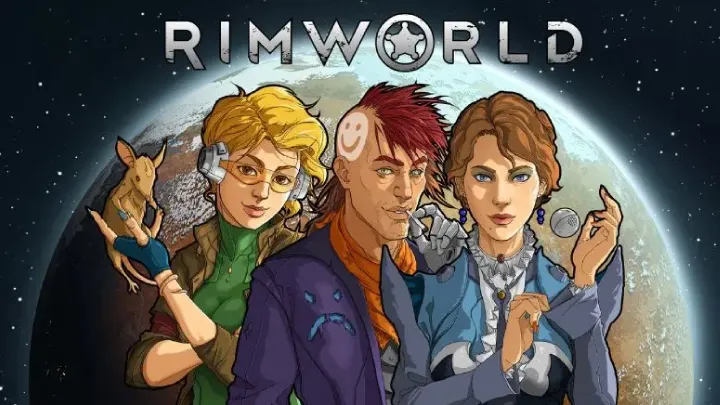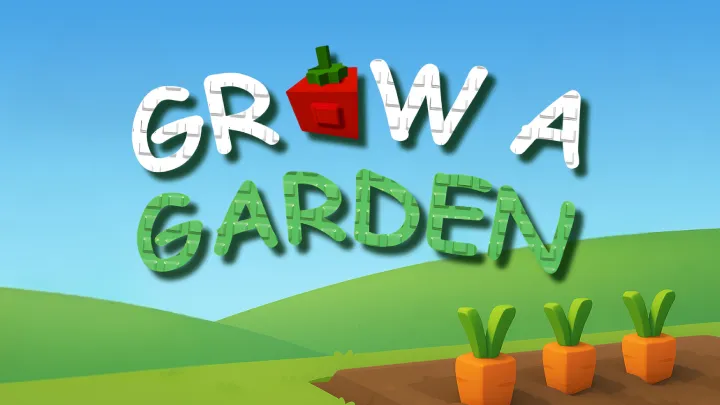From Sandbox Chaos to Survival Precision
When Rust launched, it was defined by chaotic player interactions, emergent gameplay, and the constant tension between cooperation and betrayal. Over time, it became known as one of the harshest survival experiences ever built.
By 2025, however, Rust has matured into something far deeper. While PvP combat and raiding remain central pillars, new technical updates have transformed the game into a detailed survival simulator. The world is now as much an enemy as the players themselves, introducing layers of challenge that demand intelligence, adaptability, and strategy.
The Rise of AI-Driven Factions
One of the most significant additions in 2025 is the expansion of AI-driven factions. Previously, NPCs played only minor roles in outposts or scripted patrols. Now, entire AI-controlled communities thrive within the map, complete with their own economies, patrol routes, and defensive behaviors.
These factions interact with players dynamically:
- Hostile Raiders attack weak bases and scavenge abandoned camps.
- Neutral Traders offer rare resources in exchange for crafted items.
- Nomadic Tribes move across the map, reacting to player actions.
This innovation ensures that even solo players face constant challenges, while group strategies must now account for non-player threats as well as rival clans.
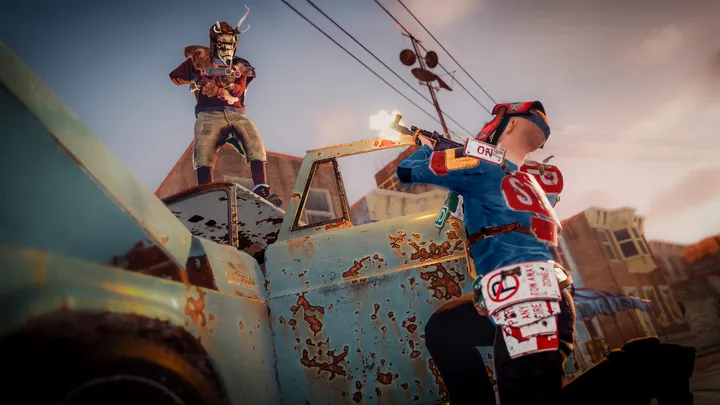
Advanced Weather and Environmental Systems
Surviving in Rust has always required attention to hunger, thirst, and shelter. In 2025, these systems have grown dramatically more complex.
The new dynamic weather engine simulates hurricanes, blizzards, heatwaves, and floods, each with direct gameplay consequences:
- Blizzards reduce visibility and sap warmth, requiring insulated gear.
- Floods can wash away unsecured loot and damage poorly designed bases.
- Heatwaves increase water consumption and impact stamina regeneration.
These updates make the environment feel alive, punishing unprepared players while rewarding those who adapt with creative engineering.
Base-Building Physics Redefined
Base-building has always been central to Rust’s identity. In 2025, the system has been overhauled with physics-based mechanics. Structures now respond realistically to stress, weight distribution, and weather damage.
- Structural Integrity: Walls and ceilings collapse if poorly supported.
- Material Upgrades: Reinforced concrete, steel alloys, and modular defenses expand possibilities.
- Environmental Impact: Heavy rain erodes foundations, while earthquakes destabilize underground bunkers.
This realism encourages architects to design bases not just for PvP defense, but also for environmental survival.
New Crafting Tiers and Resource Complexity
Crafting has been pushed into new levels of depth. A tiered system now divides resources into basic, advanced, and experimental categories.
- Basic Materials: Wood, stone, and metal fragments remain foundational.
- Advanced Materials: Players refine alloys, create insulation fabrics, and harness chemical compounds.
- Experimental Materials: Rare finds enable energy-based weapons, drone technology, and advanced medical kits.
Resource management is no longer just about gathering; it’s about processing and transforming raw materials into survival advantages.
Smarter AI Wildlife
Animals in Rust have always posed a threat, but 2025 has elevated them into intelligent survival obstacles. Wolves hunt in coordinated packs, bears defend territories more aggressively, and mutated creatures roam abandoned labs.
AI wildlife adapts to player presence. If overhunted, certain species migrate, creating scarcity. This forces players to balance survival with ecological impact—hunt too recklessly, and food sources may vanish.
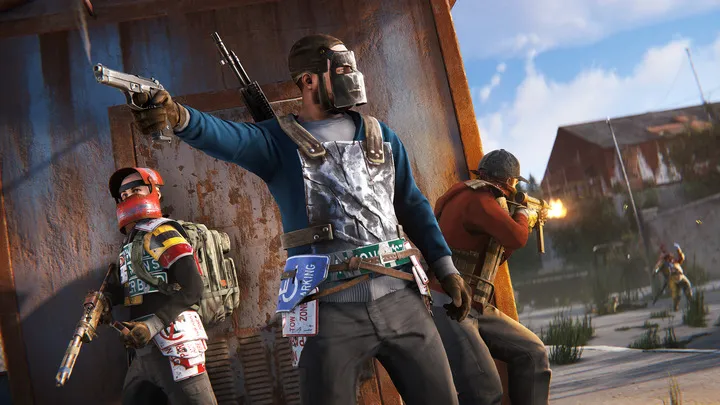
Visual and Audio Innovations
Technical upgrades in 2025 make Rust feel more visceral than ever.
- Ray-Traced Lighting adds eerie atmosphere to nighttime raids and cave explorations.
- 3D Audio Mapping allows players to track footsteps, gunfire, or weather patterns with precision.
- Dynamic Day-Night Cycles blend seamlessly with environmental effects, creating immersive realism.
These improvements amplify tension, making even routine scavenging runs pulse with anxiety.
The Evolution of PvP Combat
PvP remains the heart of Rust, but combat has been sharpened with new mechanics:
- Weapon Customization: Modular attachments allow tailored playstyles.
- Ballistics Overhaul: Bullets now account for wind, humidity, and trajectory drop.
- Drone Recon: Players can scout enemy bases with crafted drones, adding tactical layers.
These systems deepen the strategic nature of raiding, rewarding preparation over brute force.
Dynamic Events and Seasonal Content
Rust in 2025 introduces procedural world events that force players out of their comfort zones. These include:
- Meteor Strikes leaving rare resources but attracting swarms of players.
- AI Faction Wars spilling across the map, offering loot but risking death.
- Seasonal Challenges tied to real-world time, such as winter-long ice storms or summer heatwaves.
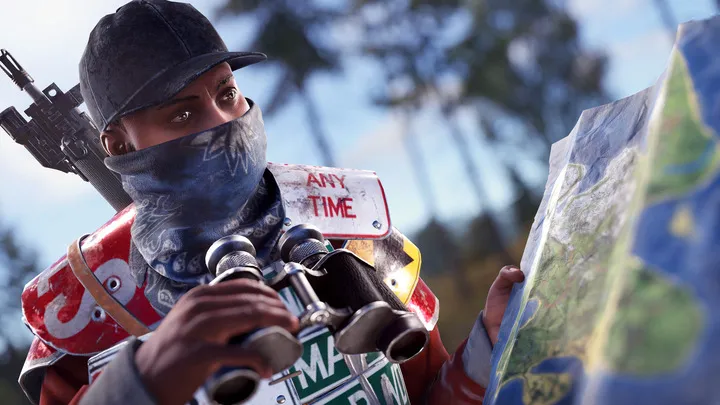
This evolving landscape ensures the game never grows static.
Technical Optimization and Accessibility
While Rust has always demanded powerful hardware, 2025 updates improve optimization across platforms. With support for next-gen consoles, cloud gaming, and scalable PC performance, more players than ever can access the experience.
Enhanced tutorials and AI-guided onboarding also help new players survive their first brutal hours, making the game more inclusive without sacrificing depth.
Rust as a Survival Simulator
What separates Rust 2025 from its earlier versions is its identity as a true survival simulator. It no longer relies solely on player-driven conflict but creates an ecosystem where AI, environment, and human interaction coexist in constant tension.
The result is a world where every decision—whether building a base, hunting wildlife, or trusting another survivor—has weight and consequence.
Conclusion
In 2025, Rust is no longer just a brutal sandbox of chaos. It has evolved into a technically advanced, deeply immersive survival simulator. With AI-driven factions, complex environmental systems, advanced crafting, and realistic base-building, the game challenges players to adapt to a hostile world that changes daily.
These updates prove that after more than a decade, Rust continues to innovate within the survival genre. It is not only about surviving raids from rival players—it is about surviving a living, breathing ecosystem that demands intelligence, creativity, and resilience.
In a gaming world crowded with survival titles, Rust 2025 stands tall as the benchmark of what it means to truly fight for survival.









